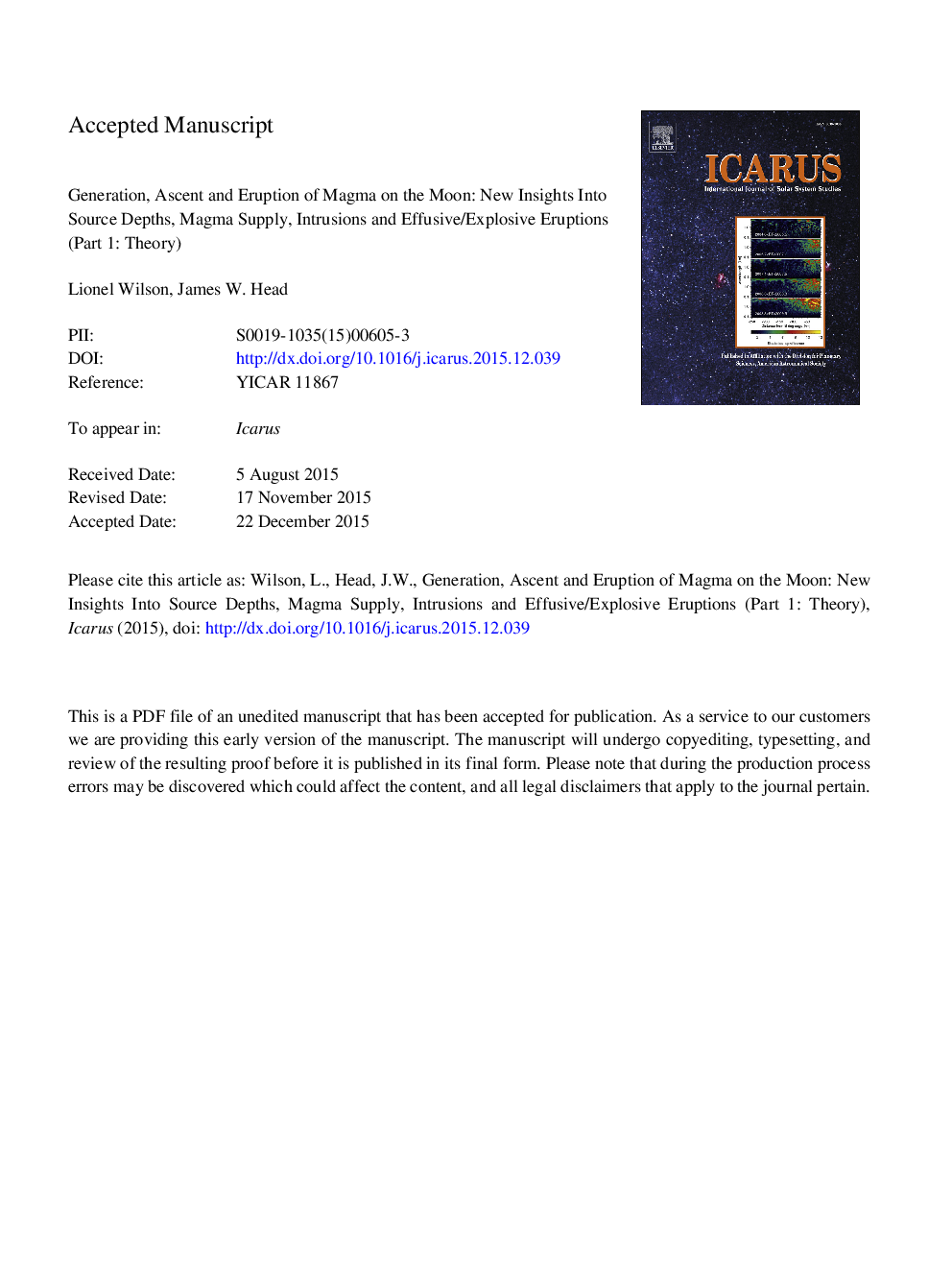| Article ID | Journal | Published Year | Pages | File Type |
|---|---|---|---|---|
| 5487261 | Icarus | 2017 | 73 Pages |
Abstract
We conclude that: (1) essentially all lunar magmas were negatively buoyant everywhere within the crust; (2) positive excess pressures of at least 20-30Â MPa must have been present in mantle melts at or below the crust-mantle interface to drive magmas to the surface; (3) such pressures are easily produced in zones of partial melting by pressure-release during mantle convection or simple heat accumulation from radioisotopes; (4) magma volume fluxes available from dikes forming at the tops of partial melt zones are consistent with the 105 to 106Â m3Â sâ1 volume fluxes implied by earlier analyses of surface flows; (5) eruptions producing thermally-eroded sinuous rille channels involved somewhat smaller volume fluxes of magma where the supply rate may be limited by the rate of extraction of melt percolating through partial melt zones.
Related Topics
Physical Sciences and Engineering
Earth and Planetary Sciences
Space and Planetary Science
Authors
Lionel Wilson, James W. Head,
